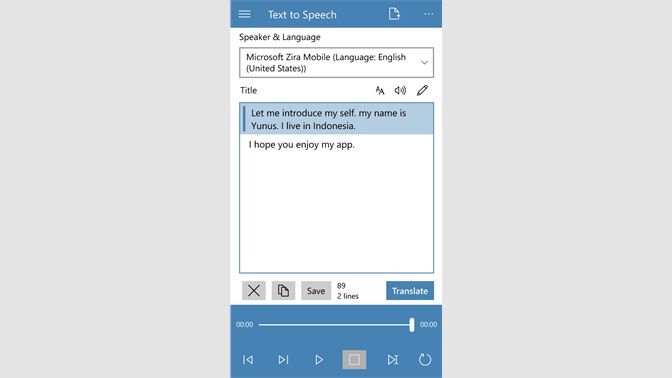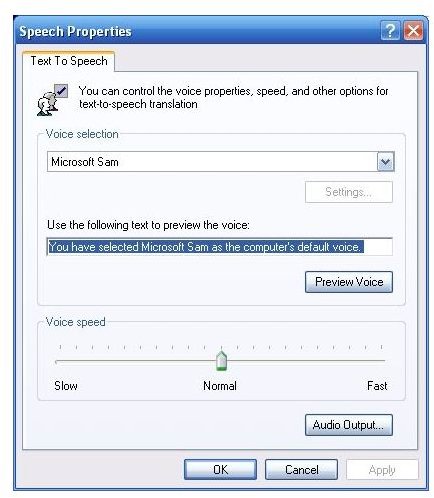

Aumtech paired its Aumtech Responsive Communications (ARC) telephony suite with the Royal Philips Electronics SpeechPearl 2000 speech recognition engine to create the system JetBlue is using. JetBlue chose to go with Aumtech, a provider of IVR (integrated voice response) and instant notification solutions for automated delivery. Well, the headlines from a recent Webinar regarding JetBlue's phone changes show the affordability side: " How JetBlue is Replacing their $1,000 Speech Recognition Licenses for $15". If it does work, well, passengers are happy and agents can utilize their time to focus on more important matters with JetBlue customers. Here is the problem: If the system doesn't work well (and we have all dealt with voice-activated solutions that drive us to cry out, "For the love of God, give me an operator! A human!"), it only aggravates passengers and the call centers are still bogged down. It's a simple scenario that most of us are familiar with: You call a toll-free number, speak the flight numbers, arrival and departure cities, and flight times, and you are provided with the information you need. Who else?Ī recent move by JetBlue is allowing the airline's passengers to retrieve flight information with a voice-activated interface when they call in. And who is at the center of this push toward speech-recognition solutions? Microsoft. More importantly for those who care about the bottom line, they are becoming financially justifiable. You might also think of some of the more common applications we are becoming comfortable with on a daily basis such as voice dialing (like when you're driving along and say "Call home" and your command is obeyed) or voice-entry scenarios (where you are asked to say "yes" or" no" or to provide a number verbally).īut the applications for voice or speech recognition are becoming increasingly broad - and cutting edge. After reading the basics article, you should have enough of an understanding of the syntax to start writing some custom commands, or automating simple Speech service operations.When you think of speech recognition (or voice recognition), you might think of the simple speech-to-text processing tools such as Dragon NaturallySpeaking, which transforms spoken words into text within your document-processing software.
Microsoft speech to text how to#
This article shows you how to run some basic commands, and also shows slightly more advanced commands for running batch operations for speech-to-text and text-to-speech. To get started with the Speech CLI, see the quickstart. Run on Azure compute resources - Send Speech CLI commands to run on an Azure remote compute resource using spx webjob. Speech translation - Translate audio in a source language to text or audio in a target language.
Customize speech output characteristics using SSML configurations, and either standard or neural voices. Speech synthesis - Convert text-to-speech using either input from text files, or input directly from the command line.

Speech recognition - Convert speech-to-text either from audio files or directly from a microphone, or transcribe a recorded conversation. You have complex requirements that may require advanced service requests, or developing custom behavior including response streaming.You want to integrate Speech service functionality within a specific language or platform (for example, C#, Python, C++).You have relatively simple requirements for a production application using the Speech service.
Microsoft speech to text code#

Consider the following guidance to decide when to use the Speech CLI or the Speech SDK. Most features in the Speech SDK are available in the Speech CLI, and some advanced features and customizations are simplified in the Speech CLI. Beyond simple workflows, the Speech CLI is production-ready and can be scaled up to run larger processes using automated. Within minutes, you can run simple test workflows like batch speech-recognition from a directory of files, or text-to-speech on a collection of strings from a file. The Speech CLI requires minimal setup, and it's easy to immediately start experimenting with key features of the Speech service to see if your use-cases can be met. The Speech CLI is a command-line tool for using the Speech service without writing any code.


 0 kommentar(er)
0 kommentar(er)
